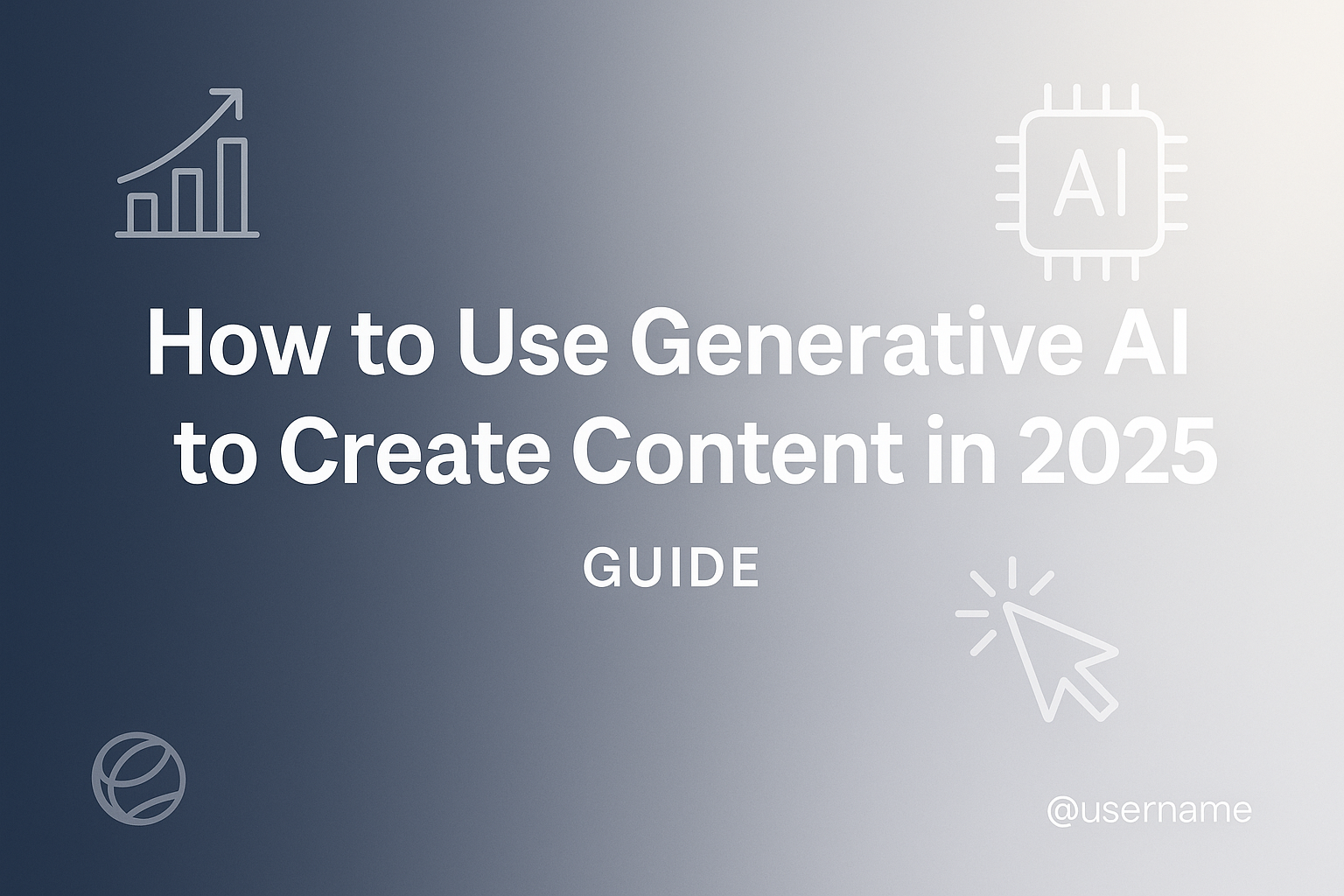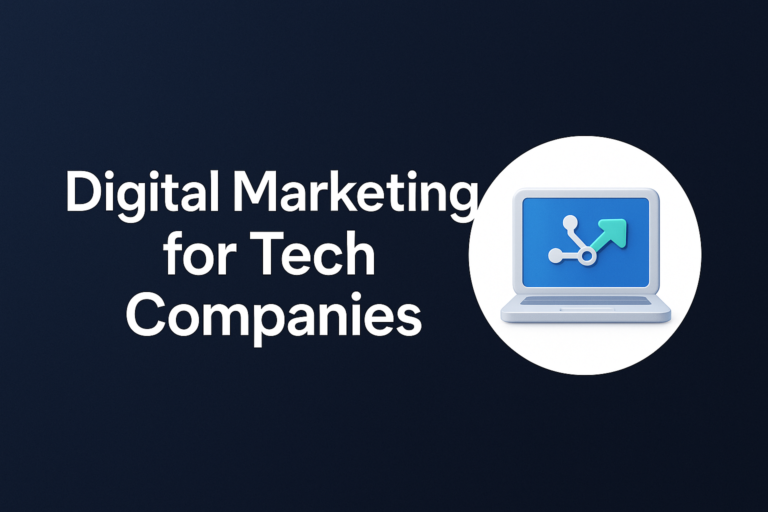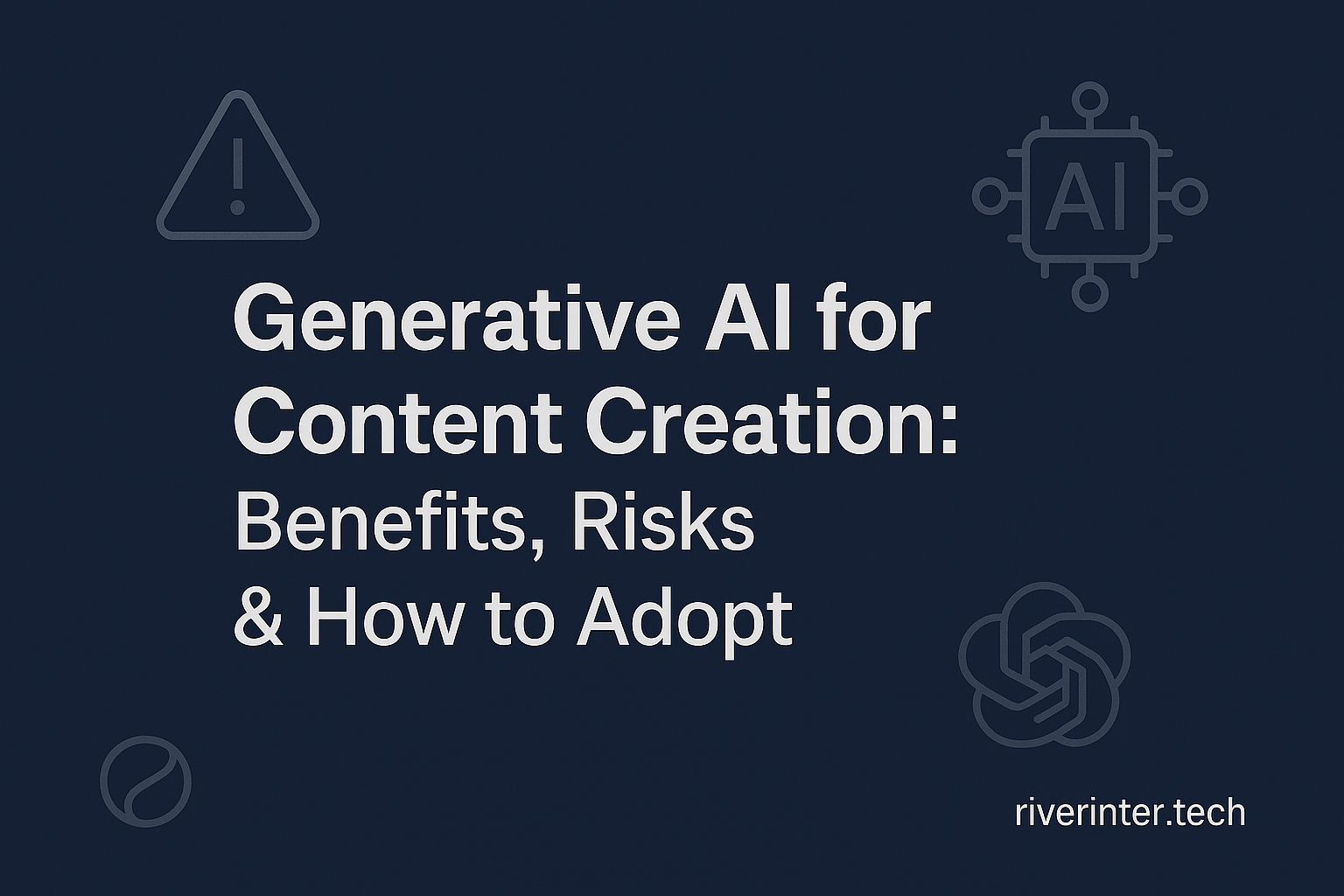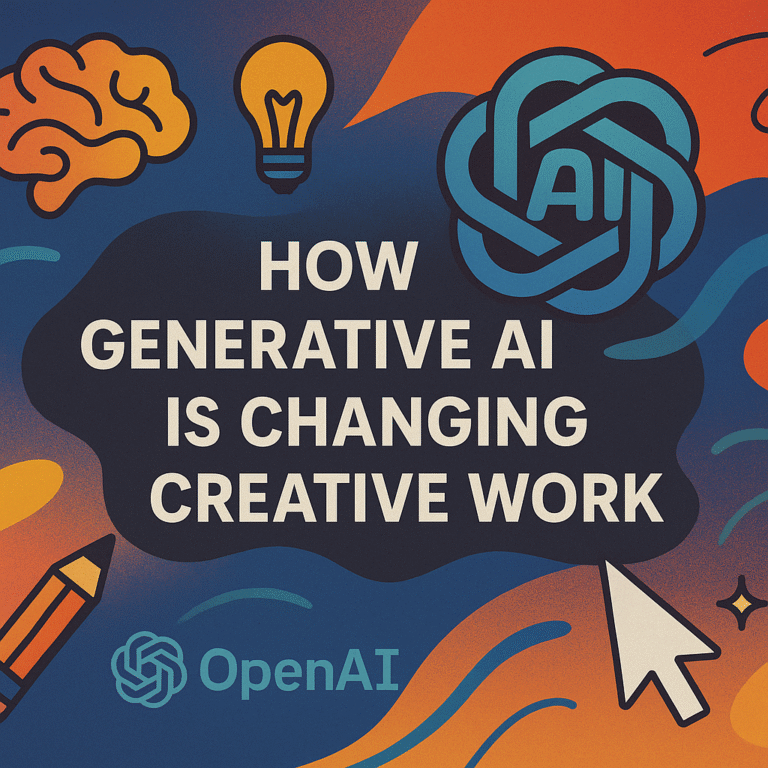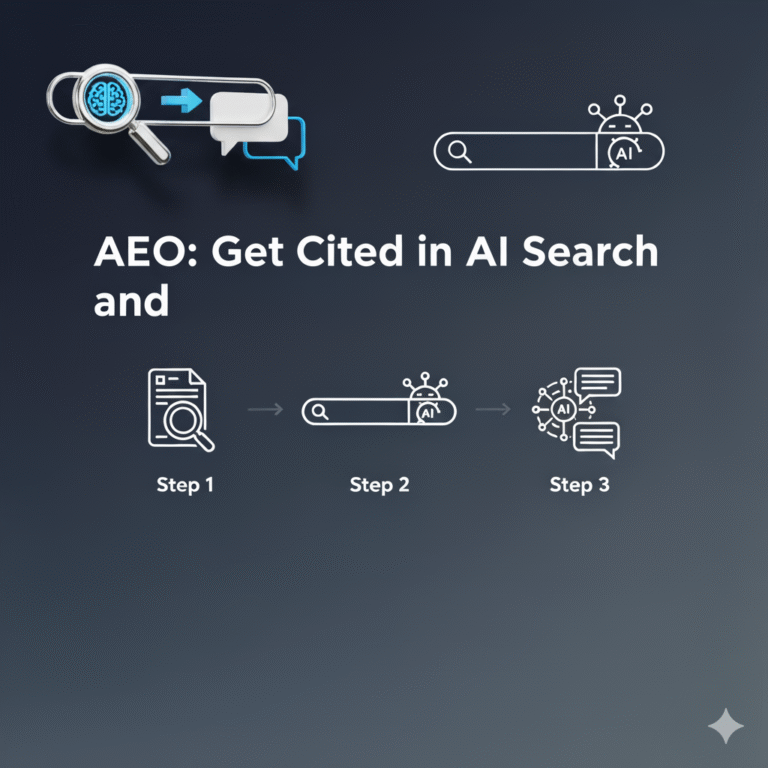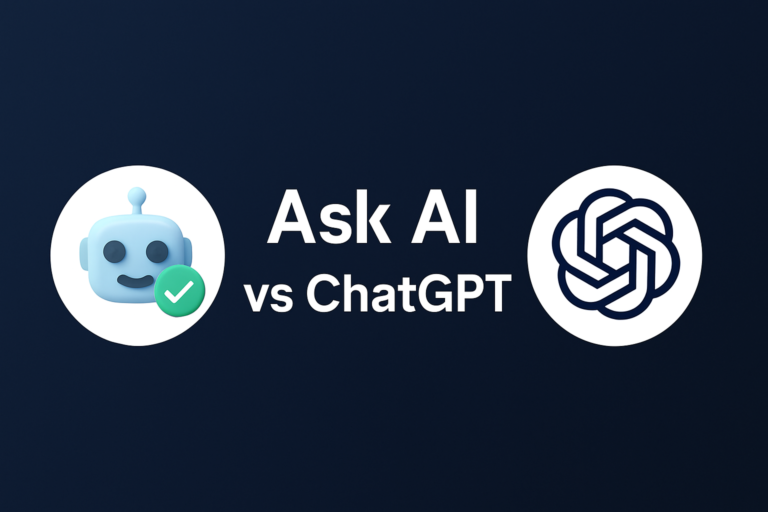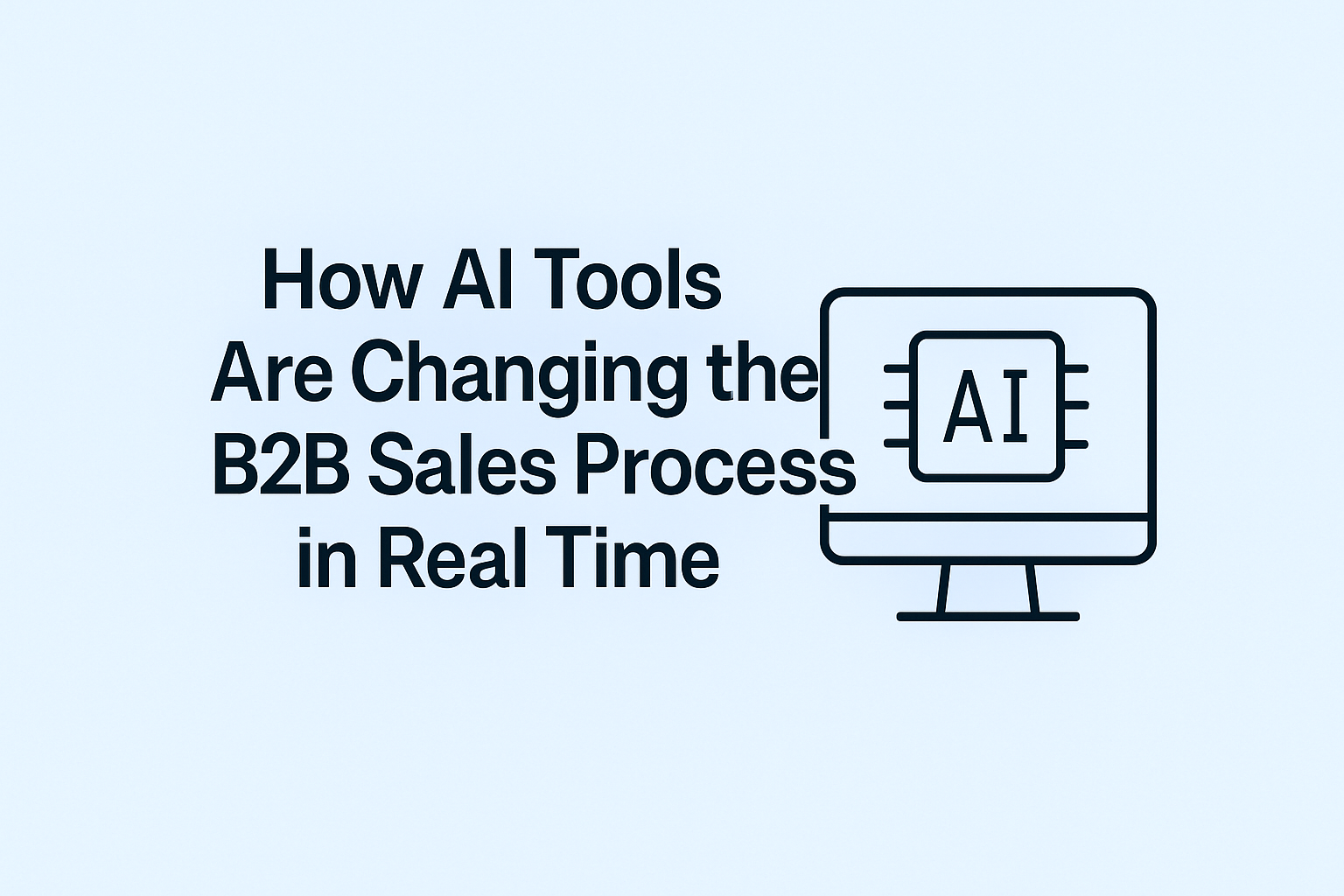How to Use Generative AI to Create Content in 2025
83% of content marketers now use AI to help create content? Imagine being able to brainstorm, write, and polish your next post in a fraction of the time it used to take.
That’s what generative AI in content creation is making possible right now. But it’s not just about speed. It’s about unlocking new ideas, reaching more readers, and shaping content that stands out online.
Here’s how AI-powered content creation is changing everything from the moment you get stuck for ideas to the final, polished article.
Step 1: Finding Topic Ideas With Generative AI
Coming up with the right idea can feel impossible. Sometimes you stare at a blank screen, waiting for inspiration.
Now, generative AI and brainstorming tools can flip that challenge on its head. By feeding an AI a simple prompt or a keyword tied to your audience, you’ll see a list of topics that fit their interests—fast.
Instead of spending hours, you get hundreds of ideas in minutes. It’s not magic. It’s about giving the AI a focused prompt. Describe your ideal reader—like a new parent, a tech worker, or a teacher—and add a short seed keyword.
The suggestions the AI spits out will be far more relevant than if you just asked for “blog post ideas.” Let’s say you want to write for people learning about AI in education. Tell the AI, “Give me 10 blog topics for teachers using AI in the classroom.” The results will be specific and tailored, not just random or broad.
Try playing with the prompt until you see topics that excite you. You don’t have to use them exactly as they come. Tweak the list, combine ideas, or dig deeper into any topic that stands out with automated content generation in mind.
Brainstorming with AI lets you jump-start the writing process and get moving right away.
Step 2: Researching Topics Using Generative AI Tools
Once you have a topic, the next big step is research. This part can get overwhelming—there are so many places to check for facts, stats, and expert opinions.
With generative AI tools, research becomes way easier and more focused. Start by using AI-driven SEO tools. These tools help you understand which keywords are important, which articles are ranking, and what topics you need to cover.
You’ll see how long your content should be, what points to include, and even stats that will make your piece stronger. AI can analyze the top articles for your chosen topic and summarize key data and statistics.
It also helps you find gaps—areas others haven’t covered much. This gives your content a better shot at ranking high in search results because you’ll offer something new.
Just remember, even the smartest AI can get things wrong sometimes. Always double-check the facts and numbers it suggests before you add them to your article. Cross-check with the primary source or a trusted report.
This approach matches Google’s helpful content guidelines and keeps your work accurate and trustworthy.
Step 3: Making a Detailed Outline With AI and Human Expertise
Now you’re ready to build the backbone of your article—the outline. Generative AI can quickly lay out a basic structure for you. Feed your research notes or main ideas into the tool, and it will turn out headings, subheadings, and even lists you can use as bullet points.
But here’s the catch: AI outlines are often a bit too simple. They might miss key details, skip over real-world examples, or not match the exact questions your readers have.
That’s where your personal touch comes in. Review the AI’s suggestion and inject your own knowledge. Add extra sections if you notice something missing. Tweak the order to make sure the logic flows.
For example, if you’re writing about using AI tools for teachers, you might spot that the AI forgot to include a section on “Choosing Safe AI Tools.” Add it in. You might also use your experience to add a tip you know really helps readers.
This balance—using AI for speed and structure, then adding your human insights—creates a stronger, more useful outline. Real writers and experts always add their perspective to AI-generated outlines. That’s one reason their work stands out.
Step 4: Creating an Optimized Post With AI Assistance
With your outline done, it’s time to write. Generative AI in content creation can draft full paragraphs or even whole articles from your outline. Just paste in the headings, and the AI will do its best to fill in the blanks.
This first draft saves you a lot of time and energy. But here’s the thing—an AI’s first try is rarely perfect. The writing can be clunky. Sometimes, ideas repeat or the tone feels off.
So don’t just copy and paste. Use the AI draft as a starting point. Read through it and edit hard. Fix awkward sentences, cut extra words, and check if the flow makes sense.
Make sure you speak in your real voice, not a robot’s. Prompt the AI to add specific keywords if you want to target a search term, but don’t let it overdo it. Insert examples, stories, or data that show your expertise.
Good editors work this way. They use AI drafts to get started but always take the time to make the content shine before sharing it with anyone else.
Step 5: Iterating Content For Style, Tone, and SEO
Great content never comes out perfect in the first draft. That’s why the next step is all about iterating—making small changes until the writing lands just right.
With generative AI, this process gets much faster. If a section sounds too formal, ask the AI to rewrite it in a more casual tone. Want to test a headline? Let the AI suggest alternatives.
Is there a keyword you keep forgetting to use? Give the AI a prompt to add it in naturally. Each time the AI creates a new draft or revision, check it carefully.
Does the new version flow better? Did it fix the issue, or did it miss the point? Always proofread, making sure nothing important got lost or twisted.
AI is great at making changes fast, but your review keeps the message clear and correct for your audience. This is how many top agencies and writers work—they use AI to try different styles and approaches, but the final edit always comes from a human eye.
Final Steps: Editing, Fact-Checking, and Proofreading
You’re almost done. The last mile is all about making sure your content is clear, accurate, and polished. Start by checking every fact, quote, and statistic you included—especially those the AI suggested.
Compare them to the original source whenever possible. Next, read the piece out loud. This helps catch any weird sentences, repeated words, or sections that just don’t make sense.
Edit for flow. Make sure each paragraph connects to the next. Transitions should be smooth, so readers never get lost.
Look for moments where the style changes, like suddenly using fancy words or switching from friendly to formal. Keep things steady. Fix typos, grammar mistakes, and awkward phrases.
At this stage, you’re not just making the writing better—you’re building trust with your reader. Maria Rosales Gerpe’s checklist recommends spending up to 30% of your time on careful proofreading and fact-checking to keep quality high.
Generative AI in eLearning Content and Learning & Development
Generative AI isn’t just about blog posts or articles. It’s making real waves in eLearning content with AI and corporate learning too.
Learning platforms now use AI to create course outlines, generate quizzes, and even personalize lessons for each learner. That means training can happen faster and fit each person’s needs.
AI can spot gaps in what someone knows and suggest just the right new lesson. For teachers or training managers, this saves hours of planning.
AI can also take heavy, boring manuals and turn them into bite-size, easy-to-understand pieces. In companies, AI helps teams build and update training content whenever rules or products change.
Research shows that this saves time and keeps everyone’s skills fresh.
Real-Life Example: Using AI in Content Creation
Let’s take a look at how a company might use AI in their daily content work. Imagine Brooks Automation, a real company, wants to launch new training for their staff. They use a learning platform with generative AI.
First, they brainstorm course topics and let AI suggest lessons tailored to engineers and sales teams. Next, AI helps gather the facts, stats, and best practices for each topic.
Then, it builds an outline, leaving space for managers to add their expertise. Once the outline is set, AI writes the first draft of each lesson.
The team reads, fixes the writing, and checks every fact. Next, AI suggests ways to make the training more fun, like adding a quiz or a real-life story.
After a few more rounds of edits, the training is ready for everyone to use. Brooks Automation saw that training content, which used to take weeks, now gets built in days.
This let them train staff faster and even offer new courses to their customers.
The Future of Generative AI in Content Creation
Generative AI in content creation is changing how we create, research, and share content—whether that’s for a blog, a classroom, or a company.
It speeds up brainstorming, cuts research time, and helps you write drafts in minutes. But the secret to success isn’t just using AI. It’s knowing how to mix its speed with your own insight, editing, and care.
Always check the facts. Always add your human touch. That’s how you’ll create content that stands out online and helps your readers learn more, do more, and keep coming back.
FAQs
How can I use generative AI to get better topic ideas?
Describe your target reader and a seed keyword to the AI. The ideas you get will be more focused and useful than if you use a generic prompt.
Is AI research always reliable?
No. Always double-check facts, sources, and stats from any AI tool against trusted sources before using them in your content.
Will AI make human editing and fact-checking obsolete?
Not at all. AI helps speed up drafts, but only humans can spot logic gaps, fix style, and make sure everything is right.
Can generative AI help with eLearning or training content?
Yes. AI shortens the time needed to create lessons, quizzes, and course outlines, while making it easier to update and personalize content for learners.
How do I make sure my AI-generated content is unique and useful?
Add your own expertise. Edit drafts, fact-check details, and use real-world examples or stories to make the content yours.
Ready to try out AI-powered content creation? See how leading platforms leverage generative AI for eLearning and corporate training and start transforming your own workflow today.

